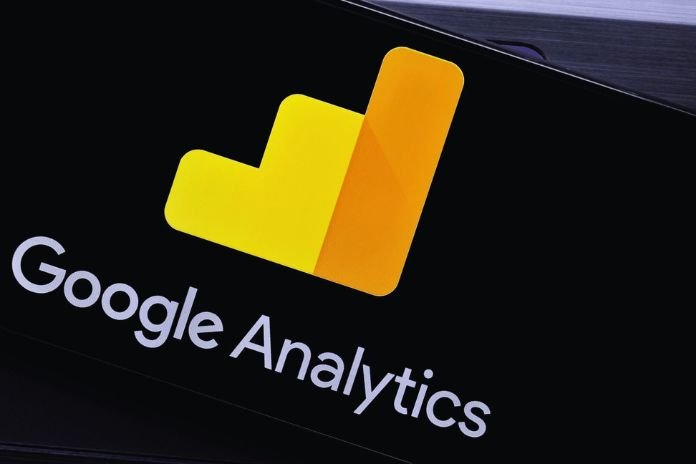Google Analytics: How To Read Your Audience Report?
Google Analytics is an inexhaustible source of data and reports. So much so that sometimes we don’t know where to start. To help you, Google compiles various reports within the Shared Library. Among them is the audience report. As its name suggests, the audience report is the analysis tool that allows you to better understand your audience and the visitors to your site.
Quite complete since it has more than 15 items, this report can be edited for the periods of your choice. To help you, a quick decryption of the most important sections for understanding your traffic.
The Quality Of Your Traffic
Unsurprisingly, this section counts the number of unique visitors over a given period. It is beneficial for evaluating the success of one-off marketing actions.
The Value Of A Customer
Still, in beta, this report is more e-commerce-focused and requires e-commerce tracking to be activated. Behind the numbers, this metric aims to evaluate the value of a customer during its life cycle, the famous LifeTime Value. To do this, it allows users to be filtered by the date of acquisition. Then, this data is cross-referenced with metrics such as:
- the number of pages viewed per user
- finalization of objectives per user
- revenue per user
- session time per user
- transactions per user
Cohort Analysis
In the sense of Google Analytics, a cohort is a group of users segmented by an acquisition date or a transaction date. To correctly analyze your mates, you must respect four fundamentals:
- The type of cohort: the base date of your cohort, the size, i.e. the time window given to the analysis, a day, a week, a month, etc.
- The analysis metrics to inject: for example, the number of pages viewed, revenue per user, etc.
- The date range used to construct the cohort
Audience Typologies
Very practical, this report requires first building an audience in GA. To do this, enable reporting on demographics and interests, then create an audience. Your audience can be based on the bases offered by Analytics or meet your criteria. Once configured, Analytics will send you the data circumcised to the requested segment. Beneficial information for adjusting your bids, changing broadcast times or expanding your locations, for example.
Demographic Analysis
Unsurprisingly, this section is reserved for data like the gender and age of your audience, as well as their behavior by group. Partially representative, since segmented by user groups, this data provides you with information on the socio-demographic composition of your audience. You can also look at interactions by age group.
Centers Of Interest
Undoubtedly the wealthiest section since Google cross-references data from many entry points to extract large segments by the center of interest. Data to use to refine your targeting by audience or enrich your content. Thus, the data of interest is divided into three large groups:
- affinity categories: users who show an appetite for a defined subject
- market segments: users who demonstrate an interest in purchasing a product, already advanced in the conversion funnel
- the other categories: the rest, which deals with a broader thematic view of the subjects
Location Data
The list is still long, but we will choose the Geo tab for this last stop. Here is some pretty simple data about the language and location of your visitors. Thus, you discover on a map the place of your users and, potentially, instead, marked areas on which to focus your efforts. Conversely, this information can be helpful to you in reducing your budget through better geographic targeting.
Read Also: Market Shares Of Mobile Operators In 2023
Share this content:











Post Comment